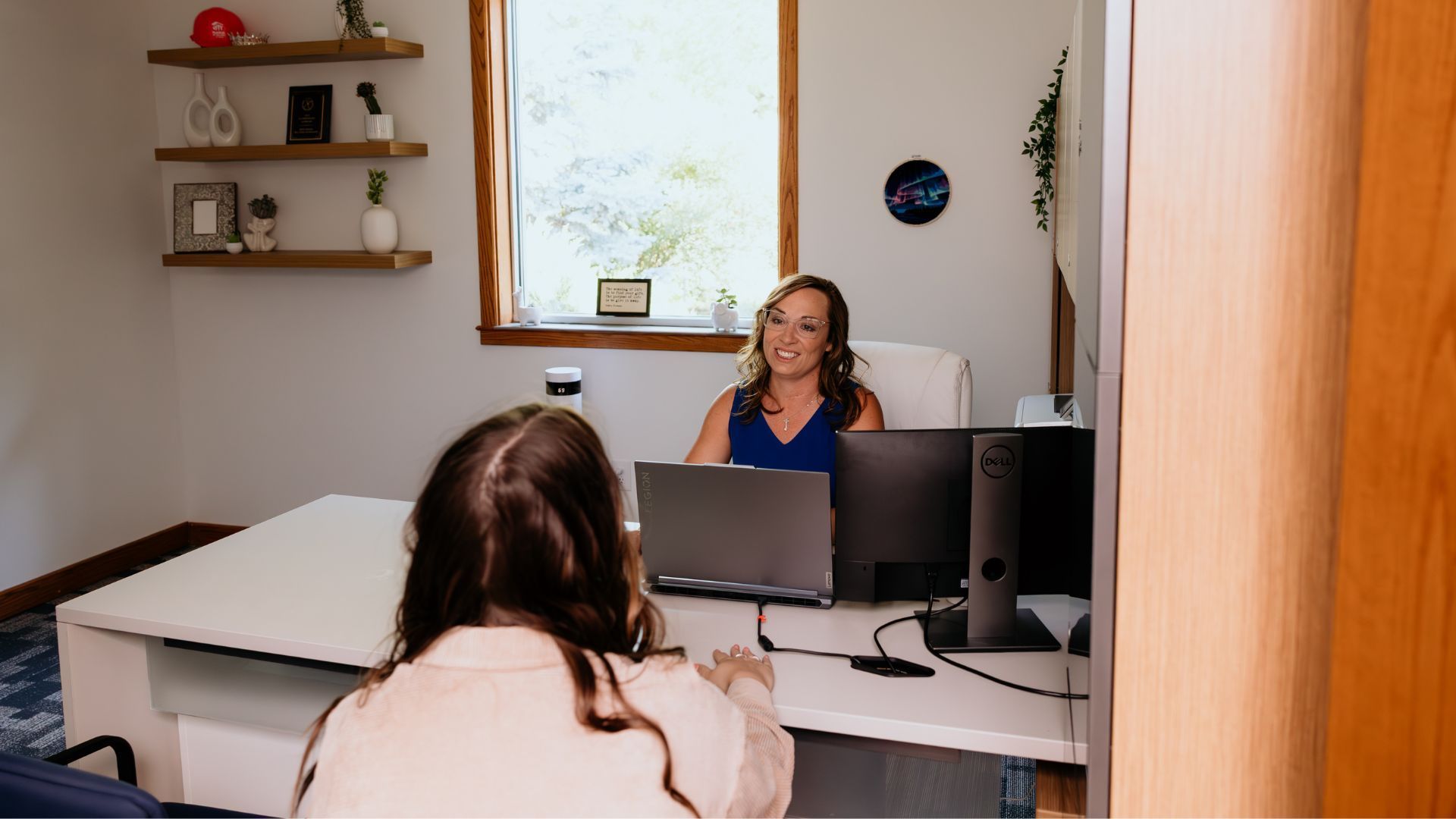The wonderful thing about video conferencing is that you can form meaningful connections with people through dynamic face-to-face interactions, even if you’re thousands of miles away. However, if you don’t pay careful attention to your body language, you might convey some things you didn’t intend. Did you know that body language is 55% of communication? Here are 5 body language tips to help you impress on your next video conference:
The wonderful thing about video conferencing is that you can form meaningful connections with people through dynamic face-to-face interactions, even if you’re thousands of miles away. However, if you don’t pay careful attention to your body language, you might convey some things you didn’t intend. Did you know that body language is 55% of communication? Here are 5 body language tips to help you impress on your next video conference:
1: STRIKE A POSE
Make yourself big, stretch out and take up space. It will make you feel more powerful and cause others to perceive you as both confident and capable. Here are five power positions you can try:
1. The President: Feet on desk, hands behind your head
2. The Loomer: Plant your hands and lean forward.
3. The Performer: Hands overhead in a V
4. The Super Hero: Hands on hips, feet hip-width apart
5. The CEO: Arm on back of your chair, knees apart, relaxed
2: SIT-UP STRAIGHT
Research shows that good posture sends nonverbal signals of energy, enthusiasm and health. Conversely, poor posture makes people appear uninterested, uncertain or lethargic. When it comes to posture during a video conference, typically only your body from the waist up is visible, but don’t let your lower half rock your body and distract viewers. By sitting taller, your image will take up more space on the screen and your voice will project better, enabling everyone to hear you clearly when you speak.
3: SMILE, YOU’RE ON CAMERA
Project a warm and non-threatening persona by smiling when meeting people. At the beginning of the video conference, take a moment to look into the camera, smile and greet the attendees. The simple act of smiling will generate positive feelings toward you and help to build a trusting relationship. Also, smile as often as the other people in the video conference. Mirroring other people’s nonverbal behavior is one way we show them that we are not only listening, but understanding.
4: TALK WITH YOUR HANDS
Talking with your hands is a smart way to show people you’re passionately engaged in the subject you are talking about, and being passionately engaged is kind of a big deal. When not using your hands to gesture, place them on the table about 8 to 10 inches in front of your torso so people can see them. Keep them relaxed and separated. Don’t play with your pen or shuffle papers. If you are in the habit of crossing your arms, try to refrain. Research shows crossed arms encourage others to think critical thoughts toward you. It also makes you appear unapproachable.
5: ABOUT FACE
When nervous, people tend to comfort themselves by engaging in an array of unsightly face-touching behaviors, such as smoothing their eyebrows, tugging at earlobes, itching their nose or chewing on their lower lip. If these are guilty pleasures you have a habit of indulging in, stop it! On camera, they make you appear insecure, incompetent, and to some it may even appear that you are lying – yikes! To put your best face forward, close your mouth and keep the corners of your lips slightly upturned to avoid appearing frowny-faced, raise your eyebrows slightly in interest and nod your head periodically to show you are listening.
If you can incorporate these 5 non-verbals in your next video conference, you’ll knock them dead with your confidence and rapport! Happy video conferencing!
Latest Posts



